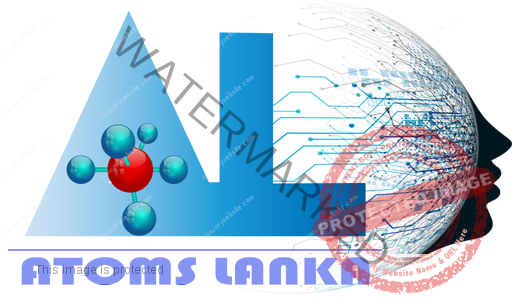
Amazon’s Project Kuiper confirms its super-fast satellite communication tech works in space
Amazon’s Project Kuiper successfully validated key technology that will increase throughput and reduce latency for customers using its satellite internet service, the company said Thursday.
That technology is called “optical inter-satellite links” (OISL), a type of optical communication that uses infrared lasers to send data between spacecraft on orbit. OISL has been around for a while to enable inter-satellite communications, but earlier generations were limited to linking just two satellites at a time. Kuiper’s satellites will be able to connect with many other spacecraft simultaneously, which will form a mesh network in space.
This mesh capability is key: With it, Kuiper says it will be able to move data around 30% faster than terrestrial fiber optical cables sending data along an equivalent distance.
Amazon had to overcome a number of challenges to enable this advanced OISL. The lasers must have a narrow, very accurate beam to ensure contact up to 1,616 miles away, while spacecraft are moving at speeds of up to 15,534 miles per hour, with all the attendant orbital dynamics involved. The company says its optics and control system overcomes all of these hurdles.
The tests are certainly impressive: After launching the prototypes in October, Amazon says it has completed multiple demonstrations of its OISL technology, during which the satellites maintain 100 gigabits per second links over a distance of more than 620 miles.
“These tests validated the final component of Project Kuiper’s advanced communications architecture, and the results ensure that OISLs will be operational on our first production satellites, slated for launch in the first half of 2024,” the company said.
Amazon confirmed last month that it had validated all systems and subsystems on the two prototype satellites, but this is the first time the company has revealed the details behind the advanced OISL architecture.
“With optical inter-satellite links across our satellite constellation, Project Kuiper will effectively operate as a mesh network in space,” Kuiper VP of technology Rajeev Badyal said in a statement. “This system is designed fully in-house to optimize for speed, cost, and reliability, and the entire architecture has worked flawlessly from the very start.”
Amazon expects to have enough satellites deployed to begin early customer pilots in the latter half of 2024. The full constellation, which must launch by July 2029 per the company’s license with the U.S. Federal Communications Commission, will be composed of 3,236 satellites in low Earth orbit.
Atoms Lanka Solutions







0 comments
Write a comment